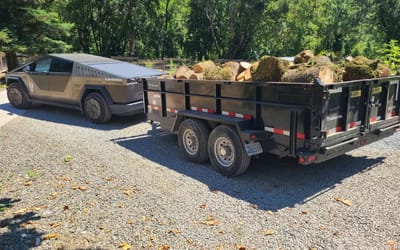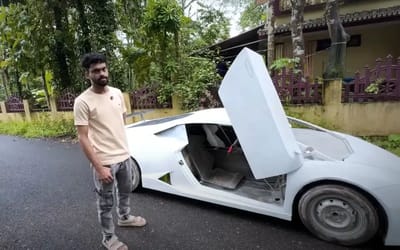Satellite is expected to fall to Earth after 30 years in space
- A satellite that’s been in space for nearly 30 years is due to fall to Earth
- It’s expected to fall today (21 February) at around 15.32 GMT
- The majority of the two-ton satellite should burn up during its descent.
Published on Feb 21, 2024 at 7:09 PM (UTC+4)
by Amelia Jean Hershman-Jones
Last updated on Feb 21, 2024 at 9:22 PM (UTC+4)
Edited by
Alessandro Renesis
Keep your eyes on the skies and your wits about you as a satellite that’s been orbiting us in space for nearly 30 years is due to fall to Earth.
The European satellite is expected to fall today (21 February) at around 15.32 GMT after its pioneering mission comes to an end.
The European Space Agency (ESA) says not to fret too much, as the majority of the two-ton satellite will break and burn up during its descent.
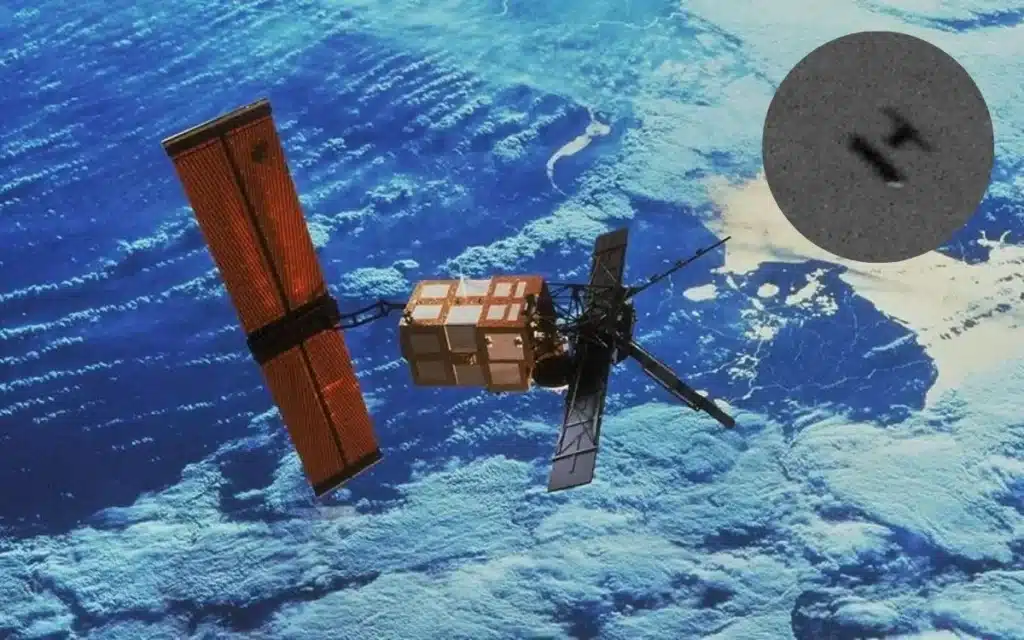
READ MORE! Astronaut snaps once-in-a-lifetime image of Earth on his last day in space
Fragments that survive impact might include internal panelling, metal parts, including the fuel and pressure tanks and the carbon fiber antenna for the synthetic aperture radar system.
The ERS-2 satellite was launched in 1995.
It followed its almost identical sister satellite, ERS-1, which went into orbit four years before.
The innovative pair were the most sophisticated Earth observation satellites of their time.
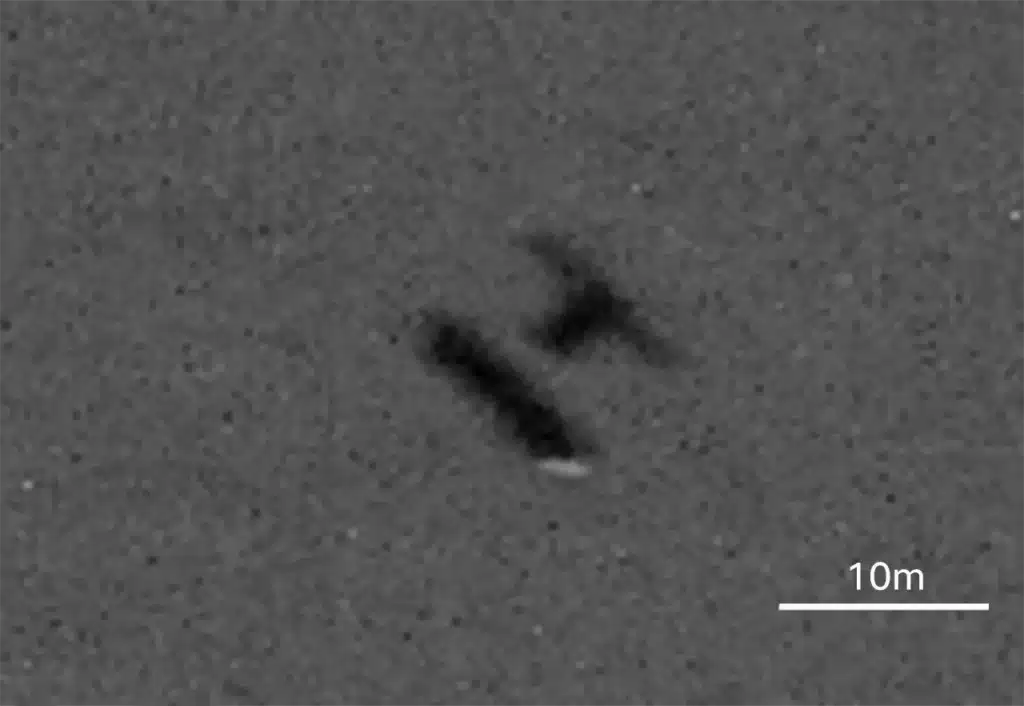
They were described as the ‘grandfathers of Earth observation in Europe’.
Both carried a suite of instruments to track changes on land, ocean and air.
However, as time and tech marches on, in 2011, the ESA began the process of de-orbiting and retiring ERS-2.
In fact, for the first time ever recently, Earth received power beamed from a satellite in space.
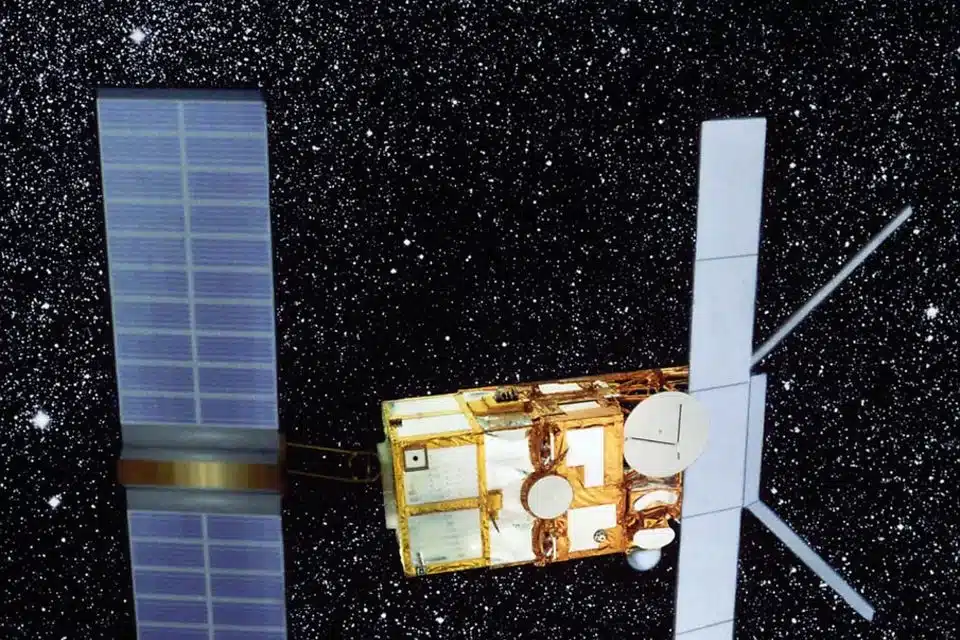
What’s more, Japan launched its first-ever lunar mission with the ‘Moon Sniper’ satellite.
It made a huge discovery and beamed back images before powering down.
ERS-2 was originally placed 780km above the Earth, engineers used its final fuel reserves to lower its altitude to 570km.
Now, 13 years later, it will naturally re-enter Earth’s atmosphere.
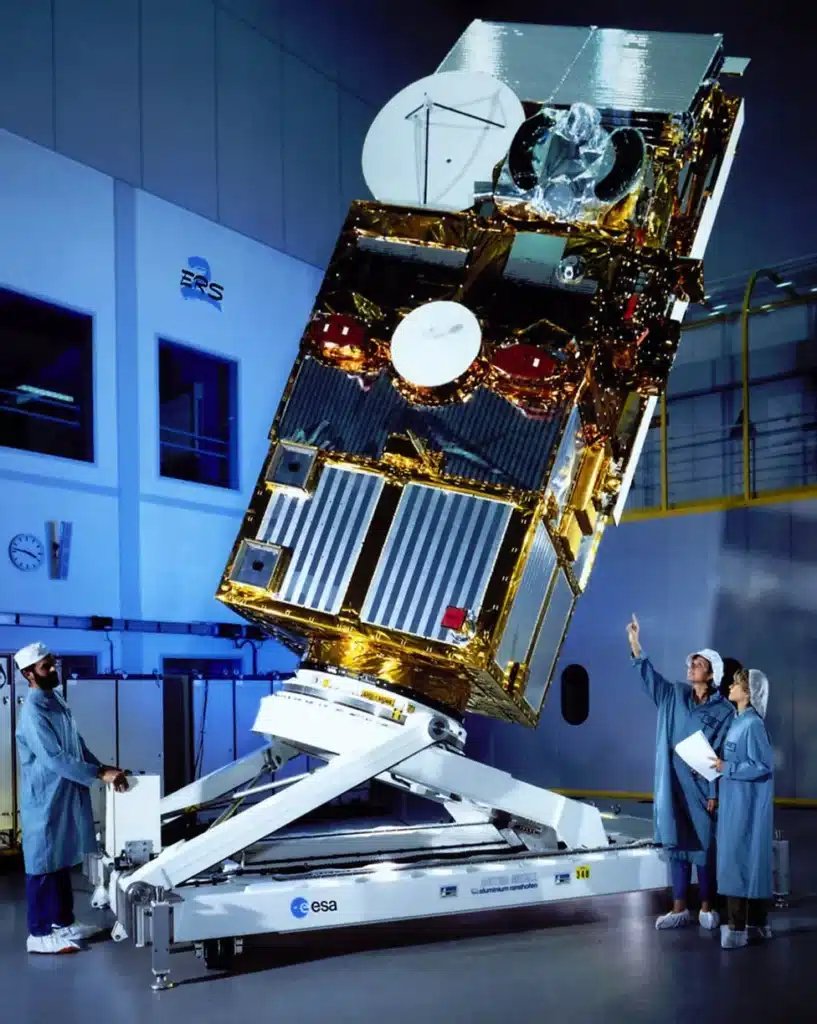
Due to solar activity, it’s experienced substantial orbital decay.
It’s predicted to crash down over the east coast of Africa – but the ESA continue to monitor its landfall.
Any space debris that survives re-entry will be spread over an area that’s hundreds of kilometers long and several tens of kilometers wide.
Meaning the risks of a collision with anything – or anyone – in a populated area on Earth are pretty low.
“And it’s worth highlighting that none of the elements that might re-enter the atmosphere (and reach the surface) are radioactive or toxic,” said Mirko Albani from ESA’s Earth Observation Ground Segment Department.
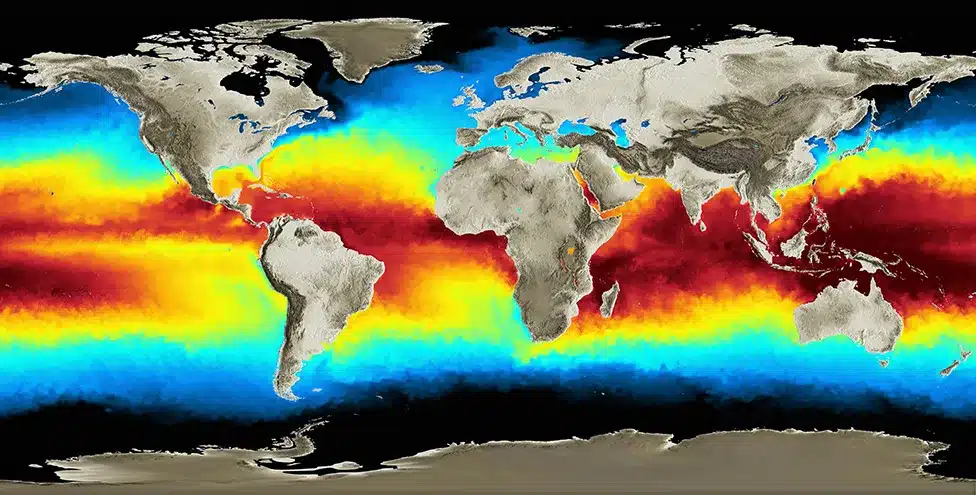
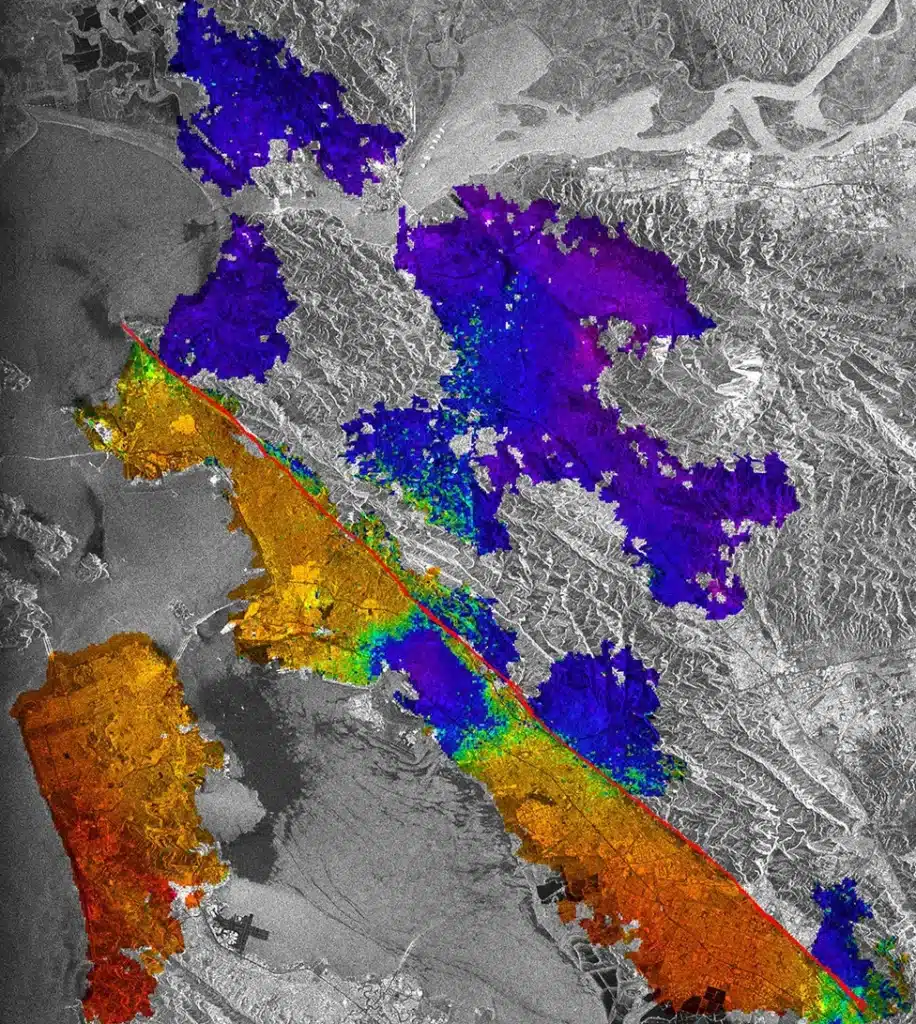
The ESA’s Space Debris Office warned its prediction on the debris’ arrival is only an estimate.
It could be out by around four and a half hours, due to unpredictable solar activity affecting the density of Earth’s atmosphere.
This, in turn, affects the drag the satellite experiences as it falls.
While it’s been out of order for more than a decade, the 16 years that ERS-2 was in action was productive.
It collected data that enabled us to revolutionize our perspective of Earth and climate change.
It returned information on, amongst other things, melting polar ice, changing land surfaces, rising sea levels, warming oceans, and atmospheric chemistry.
It also helped monitor natural disasters in remote parts of the world, such as severe floods and earthquakes.
DISCOVER SBX CARS: The global premium car auction platform powered by Supercar Blondie

All Supercar Blondie contributors undergo editorial review and fact-checking to ensure accuracy and authority in automotive journalism. After gaining her BA Hons in French and English at the University of Nottingham, Amelia embarked on a vocational diploma from the National Council for the Training of Journalists (NCTJ). This led to numerous opportunities, from interning at Vogue to being on the small team that launched Women’s Health magazine in the UK, which was named the PPA Consumer magazine of the year for three years running. As Health, Beauty and Fitness editor, Amelia personally received a Johnson & Johnson Award and was shortlisted for both PPA and BSME titles. Since then, Amelia has created content for numerous titles and brands, including the Telegraph, 111 Skin, Waitrose, Red magazine, Stylist, and Elle, as well as being Head of Content at Vitality and Editor in Chief at INLondon magazine. “My superpower is translating technical jargon about the mechanical workings of a supercar into a relatable story you’ll want to share with your friends after you’ve read it.” After joining the SB Media family as a senior journalist in September of 2023, Amelia’s role has evolved to see her heading up the SEO output of the editorial team. From researching the most ‘Google-able’ key terms to producing evergreen content - it’s been a time of hard work, growth, and success for the editorial team and the Supercar Blondie website. “I like to think of myself as a ‘method journalist’. In other words: I live and breathe whatever I am writing about. When writing about fitness, I trained as a personal trainer, and as a beauty editor, I completed an ‘expert’ in scent diploma with the Fragrance Foundation. “During my tenure at Supercar Blondie, however, I did something I never thought possible: I passed my driving test at the age of 36. One day I’d love to train as a mechanic to better understand what happens under the hood, too. “My sweet spot is providing readers with a ‘takeaway’ (read: something new they didn’t know before) after reading every one of my stories. While I don’t claim to be an expert in the automotive world, I know the experts and bodies in the field to rely on to provide our readers with an informative and thought-provoking story every time they visit the site.”
